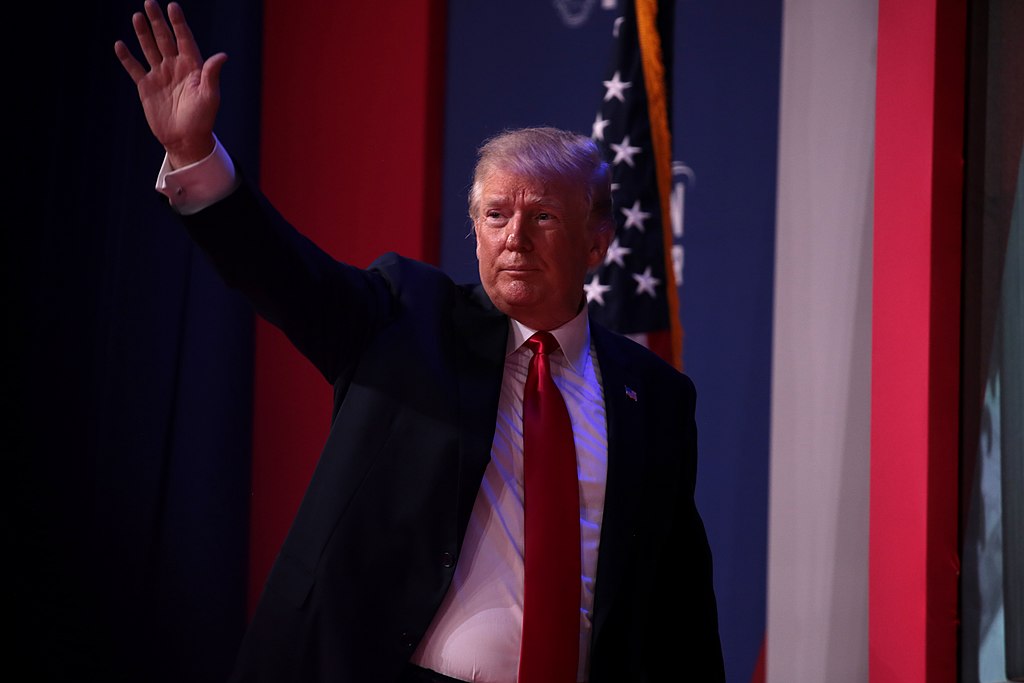President Donald Trump’s administration has unveiled its 2025 transparency initiative, aiming to shed light on government spending practices. While the plan touts enhanced accountability and efficiency, critics have raised concerns about selective reporting and lack of clarity in certain areas.
Key Measures to Enhance Accountability
Trump’s 2025 transparency agenda focuses on several cornerstone initiatives. First, the administration plans to implement a centralized digital dashboard detailing federal expenditures, allowing the public to track spending in real-time. The platform is designed to increase visibility into major government projects, including infrastructure, defense, and healthcare funding.
Additionally, Trump has directed all federal agencies to publish quarterly financial reports, breaking down their budgets and expenditures. Officials claim this measure will prevent wasteful spending and promote fiscal responsibility. During a recent press briefing, a White House spokesperson described the effort as “a step toward restoring trust in government operations.”
However, independent watchdog groups have questioned whether the initiative will include sensitive sectors, such as defense and intelligence budgets. Critics argue that exemptions for national security may undermine the transparency goals, leaving significant portions of federal spending shielded from scrutiny.
Criticism of Gaps in Oversight
While the administration emphasizes the merits of its transparency policies, skeptics highlight potential weaknesses. Advocates for fiscal accountability have called for comprehensive audits of government contracts, particularly those awarded to private firms. Without such measures, they contend, the system may fall short of detecting fraud or favoritism.
Moreover, some have pointed out that the real test lies in the execution of these plans. Past initiatives to promote transparency have often been hindered by bureaucratic delays and insufficient funding for oversight bodies like the Government Accountability Office (GAO). Critics warn that without proper enforcement mechanisms, the dashboard and financial reporting system may become little more than symbolic gestures.
Environmental organizations and advocacy groups have also raised alarms about spending transparency in areas such as climate initiatives. They fear that a lack of clear benchmarks and reporting could obscure whether funds are being used effectively to combat pressing issues like environmental degradation and disaster response.
Public Reactions: Divided Opinions
Trump’s initiative has sparked a flurry of reactions online, with netizens expressing both optimism and frustration over its perceived shortcomings:
- @OpenGovFanatic: “Finally! A real-time spending tracker is a great idea. Hope it doesn’t get bogged down by politics.”
- @FiscalHawk2025: “Transparency is meaningless if defense budgets remain untouchable. Where’s the accountability there?”
- @GreenPlanet2025: “Will this expose wasteful spending on environmental issues, or will it hide funds meant for real solutions?”
- @FreedomFirst: “Selective reporting is not transparency. We need audits of ALL government contracts, not cherry-picked data.”
- @BudgetTruth: “This sounds promising, but past attempts have been all talk. Show us the results first.”
- @PolicyCritic: “This dashboard will either be revolutionary or a total flop. Execution is everything.”



 Taiwan Signals Openness to Renew Ties with Honduras as Election Unfolds
Taiwan Signals Openness to Renew Ties with Honduras as Election Unfolds  New Orleans Immigration Crackdown Sparks Fear as Federal Arrests Intensify
New Orleans Immigration Crackdown Sparks Fear as Federal Arrests Intensify  IMF Deputy Dan Katz Visits China as Key Economic Review Nears
IMF Deputy Dan Katz Visits China as Key Economic Review Nears  UN General Assembly Demands Russia Return Ukrainian Children Amid Ongoing Conflict
UN General Assembly Demands Russia Return Ukrainian Children Amid Ongoing Conflict  Trump Administration Tightens H-1B Visa Vetting With New Focus on Free Speech and Censorship
Trump Administration Tightens H-1B Visa Vetting With New Focus on Free Speech and Censorship  Michael Dell Pledges $6.25 Billion to Boost Children’s Investment Accounts Under Trump Initiative
Michael Dell Pledges $6.25 Billion to Boost Children’s Investment Accounts Under Trump Initiative  Cuba Reaffirms Anti-Drug Cooperation as Tensions Rise in the Caribbean
Cuba Reaffirms Anti-Drug Cooperation as Tensions Rise in the Caribbean  U.S. Soybean Shipments to China Gain Momentum as Trade Tensions Ease
U.S. Soybean Shipments to China Gain Momentum as Trade Tensions Ease  Trump Administration Halts Immigration, Green Card, and Citizenship Processing for 19 Countries
Trump Administration Halts Immigration, Green Card, and Citizenship Processing for 19 Countries  Israel Receives Body of Deceased Hostage as Rafah Crossing Reopening Hinges on Final Returns
Israel Receives Body of Deceased Hostage as Rafah Crossing Reopening Hinges on Final Returns  Trump Pardons Former Honduran President Juan Orlando Hernández in Controversial Move
Trump Pardons Former Honduran President Juan Orlando Hernández in Controversial Move  Australia Progresses AUKUS Review as U.S. Affirms Strong Support
Australia Progresses AUKUS Review as U.S. Affirms Strong Support  U.S.–Russia Peace Talks Stall as Kremlin Rejects Key Proposals
U.S.–Russia Peace Talks Stall as Kremlin Rejects Key Proposals  Trump and Lula Discuss Trade, Sanctions, and Security in “Productive” Phone Call
Trump and Lula Discuss Trade, Sanctions, and Security in “Productive” Phone Call  U.S. Defense Chief Pete Hegseth Defends Controversial Second Strike on Suspected Drug-Smuggling Vessel
U.S. Defense Chief Pete Hegseth Defends Controversial Second Strike on Suspected Drug-Smuggling Vessel  Pentagon Probe Finds Hegseth’s Use of Signal Risked Exposing Sensitive Yemen Strike Details
Pentagon Probe Finds Hegseth’s Use of Signal Risked Exposing Sensitive Yemen Strike Details  Drones Spotted Near Zelenskiy’s Flight Path in Ireland Trigger Security Alert
Drones Spotted Near Zelenskiy’s Flight Path in Ireland Trigger Security Alert 




























